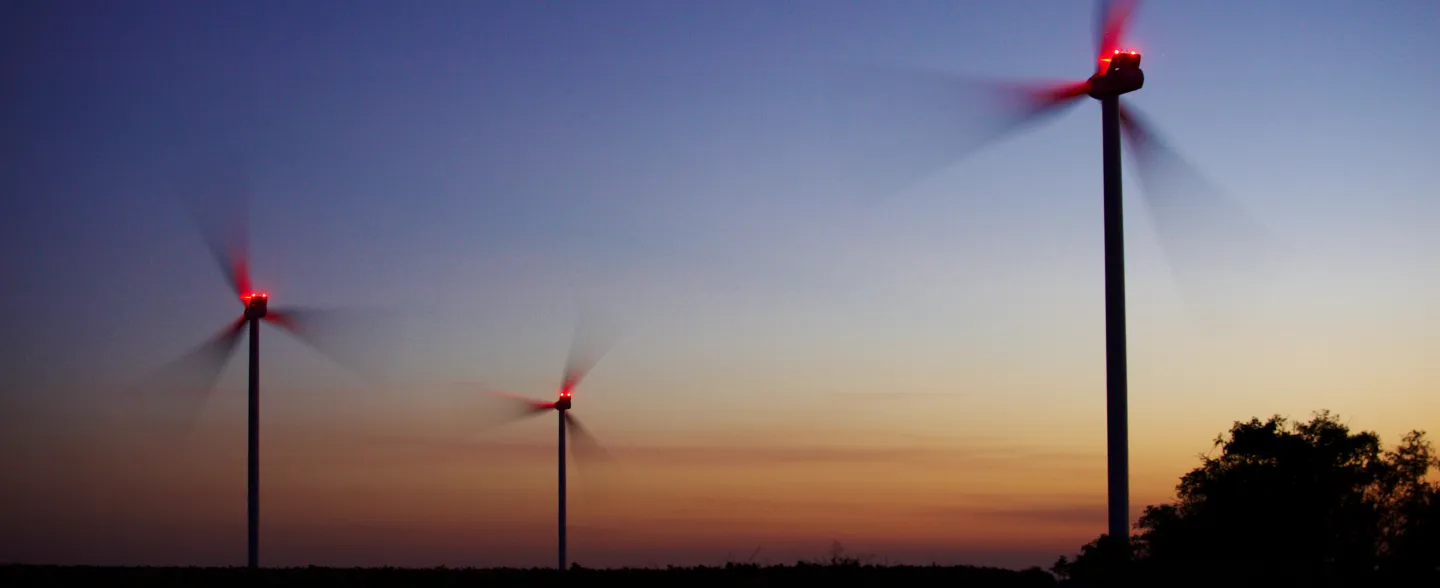Property, plant and equipment is PGE Group’s most significant group of assets. Due to variable macroeconomic conditions PGE Group regularly verifies indications of impairment for its assets. When assessing the market situation PGE Group uses both its own analytical tools and independent analytical centres’ support. In previous reporting periods, PGE Group recognised substantial impairment allowances of property, plant and equipment of Conventional Generation segment and the Renewables segment. A significant part of an impairment loss that had been recognised in the Renewables segment was also reversed in previous reporting periods.
In this first half of 2021, the Group analysed impairment indications and identified factors that could result in changes to the asset values in the Conventional Generation and Renewables segments. The tests showed no need to recognise an impairment loss for the Conventional Generation segment and the necessity to reverse the impairment loss for the Renewables segment. An analysis of the indications for conducting impairment tests in the District Heating segment did not show the need to conduct these tests.
In the fourth quarter of 2021 the Group again analysed indications in order to identify factors that could result in a change in the value of assets. No such factors were identified in the Conventional Generation and Renewables segments. In the District Heating segment, impairment tests were carried out in connection with the adoption of the 2050 Decarbonisation Plan, which aims to fulfil regulatory requirements in the energy industry and retain the existing generation potential in the long-term in order to meet customer needs. The tests showed no need to recognise an impairment loss for the District Heating segment.
The analysis of indications and impairment tests were prepared before Russia’s attack on Ukraine and the associated potential consequences for the macroeconomic environment and for PGE Group. The impact of the Russia-Ukraine war on PGE Group is described in note 33.6.2 to these financial statements.
Macroeconomic assumptions
The key price assumptions, i.e. the price of electricity, CO2 emission allowances, hard coal, natural gas, and assumptions related to production at most of the Group’s installations were derived from a study prepared by an independent expert, taking into account own estimates based on the current market situation for the first year of the forecast.
Electricity price forecasts assume a decline between 2023 and 2024 relative to 2022 prices, followed by an average annual increase of approx. 6% in 2025-2029.
CO2 price projections assume an average annual decline in 2023-2025 of about 4.6% relative to 2022 and an average annual increase between 2026 and 2029 of approx. 12.7%. A slight decrease is expected in 2030, in comparison with 2029, followed by stable growth at approx. 4% annually until 2040.
Coal price forecasts assume an average annual increase over the period 2023-2030 of approx. 2.5% relative to 2022.
The forecasts for natural gas prices expect an increase in price in 2023 relative to 2022, followed by an average annual growth of approx. 4.4% in subsequent years.
The price forecasts for certificates of origin for energy expect an average annual decrease of approx. 12.5% in 2023-2031 relative to 2022, which is related to the decreasing obligation to redeem these certificates.
The forecast for revenue from the capacity market for 2022-2026 is based on the results of completed main and additional auctions for these delivery periods, taking into account the joint balancing mechanism at PGE Group companies. From 2027, the forecast was developed by a team of experts at PGE S.A. on the basis of assumptions concerning estimated future flows for generating units, based on, inter alia, results of a completed auction and forecasts from an external expert. For one-year contracts with delivery from July 1, 2025 and for multiannual contracts executed as part of the auction for 2025 and subsequent, the 550g CO2/kWh (EPS 550) emission criterion is in place, which in practice rules out all coal units from Capacity Market auctions.
Unit availability was estimated based on repair plans, taking into account statistical failure rates.
On February 2, 2021 the Council of Ministers approved „Poland’s Energy Policy 2040.” The Policy constitutes a vision for Poland in the area of energy transition, indicating, inter alia, the expected structure of electricity generating units. According to the Policy, the share of low- and zero-emission units will grow, while the share of coal-based units will decline.
Climate considerations
The pace of the energy transition and trends expected in Poland’s Energy Policy 2040 recently considerably accelerated and strengthened. In July 2021, the European Commission published the Fit for 55 legislative package, which intends to, inter alia, reduce GHG emissions in the EU by 55% (previously 40%) by 2030, relative to 1990. In line with the expectations of market participants, the EU ETS reform included in the package should result in a considerable increase in the prices of CO2 emission allowances, which in practice already took place in 2021. In effect, the current level of prices for CO2 emission allowances significantly diverges from that assumed in the Policy. Another important element that vastly diverges from the Policy’s assumptions is the dynamic increase in PV capacities as a result of numerous grant programs, a discount system for prosumers and renewable energy auctions. In effect, the level of installed capacities expected for 2030 has already been achieved.
For the purposes of impairment tests on tangible assets, PGE Group uses assumptions developed by an independent analytical centre, which take into account the current regulatory and market situation. Future changes on the electricity market may differ from the current assumptions, which may lead to substantial changes in PGE Group’s financial situation and results. They will be recognised in future financial statements.
3.1 Analysis of indications for the Conventional Generation segment
3.2 Description of assumptions for the District Heating segment
